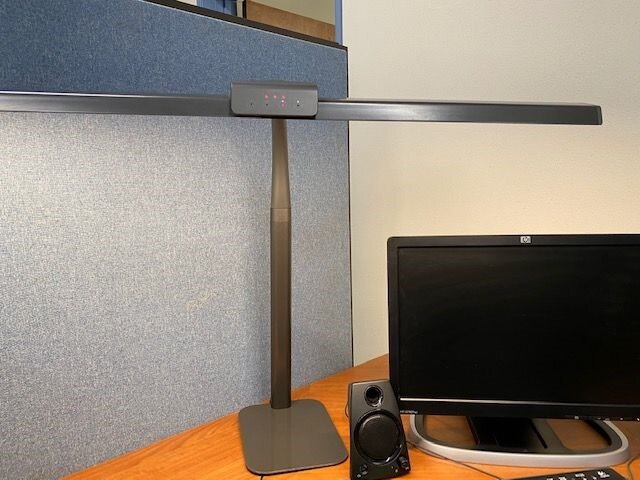Light and Seasonal Affective Disorder
Light is important for our health, sleep, and emotional well-being. We are all experiencing more and more stress each day, COVID-19, distance learning, forest fires, unemployment, working from home and the list could go on. We are also heading into Fall and Winter when we will have less daylight and more people will be experiencing SAD (Seasonal affective disorder).
SAD - From the MAYO Clinic Website
Signs and symptoms of SAD may include:
Feeling depressed most of the day, nearly every day
Losing interest in activities you once enjoyed
Having low energy
Having problems with sleeping
Experiencing changes in your appetite or weight
Feeling sluggish or agitated
Having difficulty concentrating
Feeling hopeless, worthless or guilty
Having frequent thoughts of death or suicide
Fall and winter SAD
Symptoms specific to winter-onset SAD, sometimes called winter depression, may include:
Oversleeping
Appetite changes, especially a craving for foods high in carbohydrates
Weight gain
Tiredness or low energy
Spring and Summer SAD
Symptoms specific to summer-onset seasonal affective disorder, sometimes called summer depression, may include:
Trouble sleeping (insomnia)
Poor appetite
Weight loss
Agitation or anxiety
Causes of SAD
The specific cause of seasonal affective disorder remains unknown. Some factors that may come into play include:
Your biological clock (circadian rhythm). The reduced level of sunlight in fall and winter may cause winter-onset SAD. This decrease in sunlight may disrupt your body's internal clock and lead to feelings of depression.
Serotonin levels. A drop in serotonin, a brain chemical (neurotransmitter) that affects mood, might play a role in SAD. Reduced sunlight can cause a drop in serotonin that may trigger depression.
Melatonin levels. The change in season can disrupt the balance of the body's level of melatonin, which plays a role in sleep patterns and mood.
Read more about SAD at the Mayo Clinic
What You Can Do to Help With Sleep and Reduce Stress
While so many things are out of our control, we can do some things to help with sleep and even stress reduction.
Try to keep to a routine, go to bed and get up at the same time every day.
Get regular exercise
Eat healthy foods
Pay attention to your lighting!
Light is the major cue to set our Circadian Rhythm which is responsible for almost of our bodily functions including the release or our hormones. We need bright light first thing in the morning to “entrain” or set us to our 24-hour day.
Task Light - Blue Enriched Setting
We need “blue” light mid-day to energize us and to inhibit the release of melatonin (when we have no melatonin we then have the hormone serotonin release, which is our feel good and energized hormone), and no “blue” light in the evening so that we can produce melatonin and sleep.
For those who are spending most of their time indoors, either at home or in an office there are some products that can help. (For those experience thoughts of suicide or severe depression, see your Doctor)
Task Light, Warm Light - Blue Light is Depleted
There are a number of task lamps available that you can change the color of the light to what is needed at certain times, there are also light bulbs that you use either during the day time (the blue enriched) or evening (the warmer, blue depleted bulb). If you would like information on any of these products, or others I have available let me know.
DAYTIME (BLUE ENRICHED LIGHT BULB) & EVENING / NIGHTIME (WARM LIGHT, BLUE LIGHT DEPLETED BULB)
Suzanne




